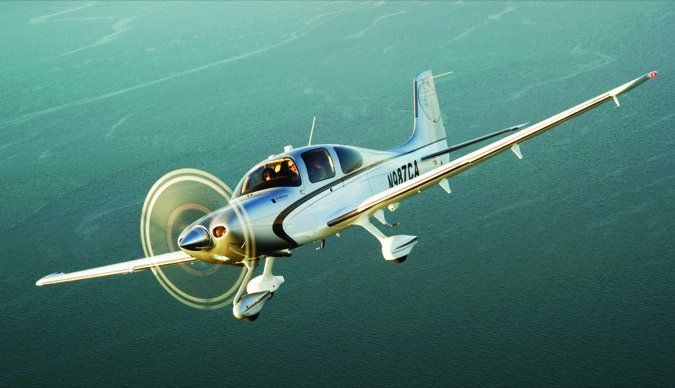The year was 1994. At Oshkosh, a small kit airplane company whisked the wrapper off a four-place, fixed-gear composite airplane called the Cirrus SR20. Weeks of tantalizing promotion promised that the airplane, hidden in the shadows of “Hangar X,” would be nothing less than the future of aviation.
A quarter century later, it’s fair to ask: Well, was it? The easy answer is yes, it was and is. But with a host of safety features such as crashworthy seats, energy absorbing structure, cabin flail space and the first-ever certificated airplane ballistic recovery parachute, Cirrus also implied that its new airplane would be safer, without actually saying the safest ever. So, how about that? Has it delivered on those claims? Answering that is not as simple as crunching the GAMA numbers to enumerate Cirrus’ inarguable dominant market share. But with a quarter century of accident data to review, it’s reasonable to take a stab at it.
At the outset, two things are apparent: For the past five years, the Cirrus fatal accident rate has trended downward and the company has responded to an exceptionally activist owner association to improve safety-related training for its customers.
All the Accidents
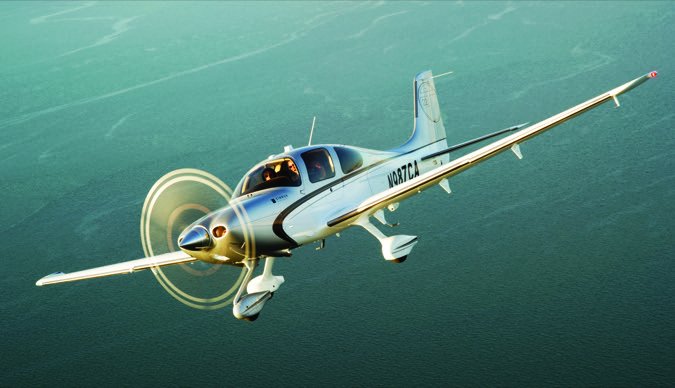
For this report, we reviewed all of the accidents recorded in the NTSB database and relied in part on data provided by the Cirrus Owners and Pilots Association. Among all the owner groups, COPA is exceptional for maintaining an active watch on accidents and especially use of the Cirrus Aircraft Parachute System, or CAPS.
Cirrus confirmed total hours-flown data but declined to release yearly data. We reviewed every available accident report, some in detail. At the outset, two caveats: First, there’s some apples-to-oranges in the numbers because Cirrus and COPA maintain worldwide fleet hours-flown data and we concentrated on U.S. accidents because the NTSB site offers the most detail on these.
Second, small-numbers syndrome complicates drawing grand conclusions from swings in accident incidence. For example, even with a million fleet hours a year, two or three additional fatal accidents move the rate needle measurably. This is why COPA uses a three-year rolling average and why we encourage parsing the macro trend lines, not spikes for individual years.
Lower Rates
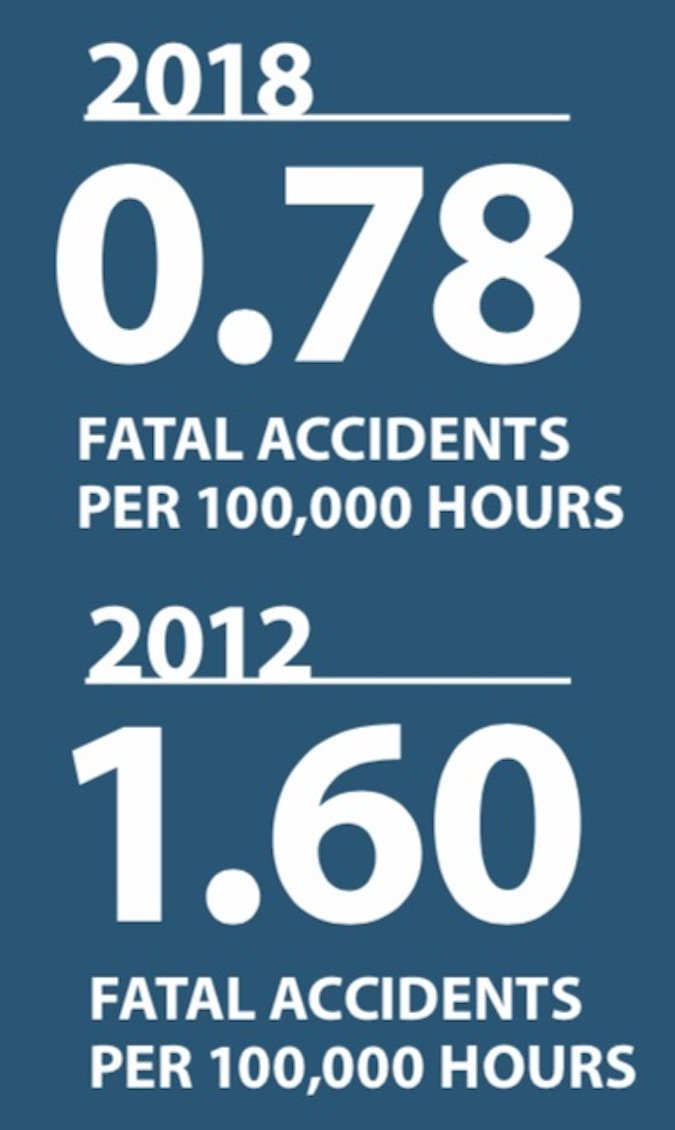
COPA’s data-not independently confirmed by us-reveals a three-year fatal accident rate of 0.78/100,000 hours through 2017. Depending on whose wider GA data you prefer, that’s right at or slightly below the general aviation average, which has itself been declining. (The NTSB pegs the fatal rate at 0.98, while AOPA’s Nall Report places it at 0.80.) The overall worldwide accident rate for Cirrus from day one is 3.5/100,000 compared to Nall’s recent 4.92 for GA in general.
The decimals are less important than the trend direction and for Cirrus overall and fatal rates, the trend is south. When we last examined the Cirrus safety record exhaustively in 2012, we calculated a fatal rate of 1.6/100,000, which was slightly higher than the then-GA average of 1.2. At that time, the Cirrus fleet’s overall accident rate was about half the GA number.
A spate of early Cirrus fatal accidents-duly covered by an aviation press that found them novel-gave the impression that the aircraft had a poor safety record. Owners we surveyed (see page 7) told us as much. Yet the accident rates weren’t so much horrible as disappointing. Given the Cirrus design ethos, they were expected to be better. Much better. Our 2012 review found that the Piper Saratoga, Mooney M20
series and Cessna 206 had the same or higher fatal rates. If there was an inflection point in the Cirrus accident history, it would have been in 2011, when there were 16 fatal crashes worldwide-five in one two-week period in November and two on one day. Prior to that, in 2010, COPA’s accident data guru, Rick Beach, had discovered that many Cirrus fatals could have been prevented if pilots had simply used the parachute.
COPA sources are carefully politic in describing Cirrus’ reaction to Beach’s not-entirely-joking “pull-early-and-pull-often” urging, but 2011 convinced the company it had to act. Cirrus made a video extolling the virtues of CAPS that owners see yet today as part of their factory training. By then, Cirrus had already upgraded its training twice, eventually pulling it entirely in-house. All new-aircraft buyers take it. More recently, it launched Embark, a unique free factory-supported training program for all owners buying Cirrus aircraft on the used market.
CAPS use has put measurable downward pressure on the Cirrus fatal accident rate. There were 10 activations in 2018 alone, most of which might easily have been fatal accidents instead.
Uptrends
Although we don’t consider yearly accident spikes useful metrics, we did ask Cirrus and COPA about the elevated number of total SR22 accidents in 2017 and 2018, even as fatals remain low. If there’s a unified theory here, it has to do with buyers on the used market who, despite Embark, might not be seeking competent training.
“A factor that’s relevant is the turnover of these aircraft in the used market. In any year, you might be introducing 500 or 700 or 1000 new-to-the-type pilots into the fleet. Time in type is a significant factor. Those are higher-risk hours,” says Rob Haig, director of flight training at Cirrus. COPA’s Beach and long-time Cirrus instructor Trip Taylor made the same observation. Taylor is the incoming president of COPA. (For reference, 13 of the 25 accident aircraft in 2018 that we found good data for were 10 or more years old.)
We asked if selling Cirrus airplanes into an ever-expanding market inevitably stretches the aptitude envelope. “Yes, that resonates with me, but it all also may be confirmation bias. We may be eating our own dog food on that,” Taylor says. Further, Haig said the aging fleet means used prices are more affordable, potentially broadening the market base and while that brings in new owners, it also brings in inexperience.
“One shift that has been interesting to me is that I used to do a lot of instrument ratings. That has been supplanted by doing private pilots, which is not something I have done much of in the Cirrus,” Taylor adds. Cirrus anticipated this and that’s why it launched Embark.
Haig thinks Cirrus has good market penetration with Embark, but the company has no hard data on uptake. “I do have the sense,” adds Haig, “that the used aircraft buyer is more sensitive to things beyond just the price of the aircraft.” And feedback from the field suggests that may include not hiring a Cirrus-trained instructor for the checkout. Cirrus has about 400 factory-trained Cirrus Standardized Instructor Pilots around the world and 90 Cirrus pilot centers. “With Embark, we want to take cost off the table,” Haig says.
Landings
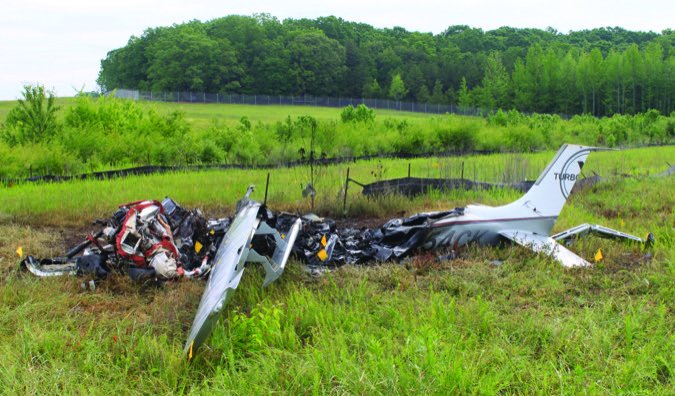
Our survey revealed that the majority of Cirrus owners don’t think the airplane is difficult to land, although a few told us they thought the airplanes have landing issues. Trip Taylor, with some 15,000 hours of Cirrus time, much of it instructing, says the Cirrus line’s landing accident pattern isn’t much different from that of other aircraft. “However, I would characterize the Cirrus as marginally more difficult to land than some in its cohort,” he adds.
Moreover, when Cirrus landings go bad, they sometimes go very bad, with serious damage to the airplane and sometimes injuries. “There are a number things that come into play. One is the sight picture. Pilots aren’t used to how it looks because the visibility is so good over the nose. As a result, they
misjudge the flare quite frequently. They’re higher than they think they are,” Taylor says. That can lead to a hard touchdown, a bounce and loss of control.
“I think the more pernicious scenario is that the very same pilot on the next try may land too flat, so all three wheels touch at the same time or unfortunately the front touches first. And that sets up the classic pilot-induced oscillation,” Taylor explains. If the go-around isn’t handled right, the airplane gets slow and when power is applied sans rudder input, the aircraft rolls. “And it will always be found on the left side of the runway,” Taylor says.
“The gear is a little springy and that aids in launching the airplane. I wouldn’t call it a design flaw, but it’s a characteristic that we need to make our pilots aware of,” he says. The worst version of this is a go-around that gains enough altitude and/or speed to clear the runway, but then collides with obstacles, stalls or rolls. Taylor believes pilots can be trained to land the airplanes safely, but it’s better done by CSIP instructors familiar with the challenges. COPA tracked a series of seven accidents in which pilots had been trained by non-CSIP instructors. COPA’s in-house accident data show that its members have a lower fatal accident rate.
Data Analysis: Tale of The Trends
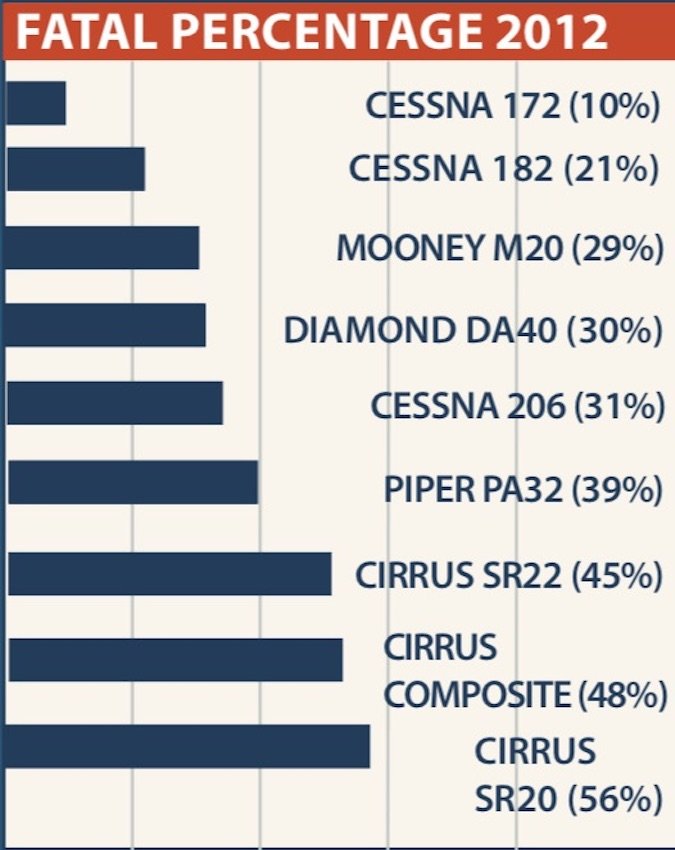
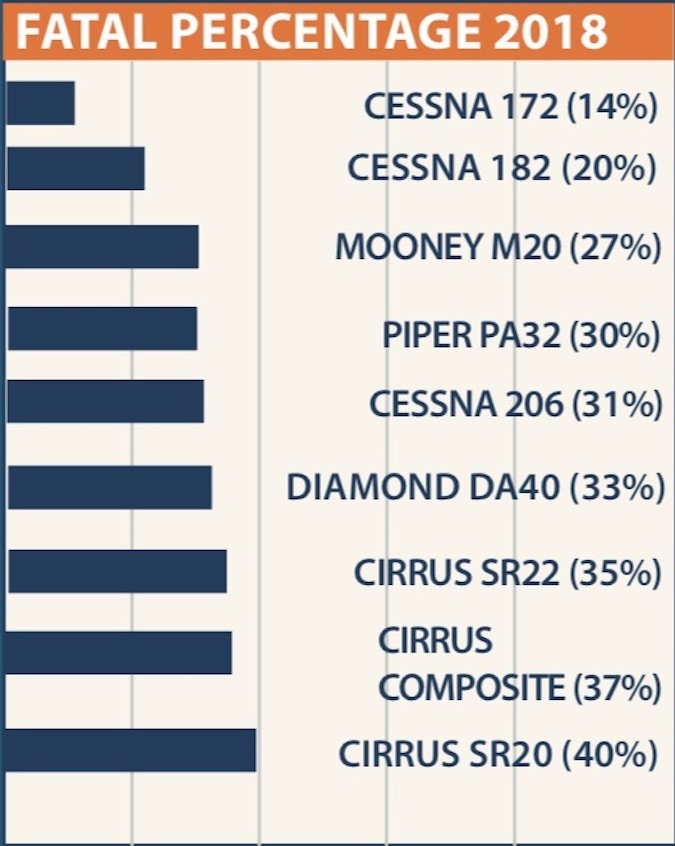
These graphics summarize the Cirrus SR20/22 accident trends from day one. The blue line represents aircraft population with the values depicted on the left. (Although the green all-accidents line appears above the aircraft population trace for the SR22, this is a limitation of the chart design and doesn’t mean crashes outpace production.)
A key takeaway is the red fatal-accidents trace. Despite some spikes, the directionality is essentially flat, which confirms a declining fatal accident rate because as more aircraft entered service and more hours were flown, raw numbers of fatal crashes haven’t increased.
This is further confirmed by the percentage of accidents that were fatal, as depicted in the top charts. During the six years since we last examined Cirrus accident rates in 2012, the percentage of Cirrus crashes that were fatal has declined significantly for both models. Other aircraft we examined have remained relatively stable.
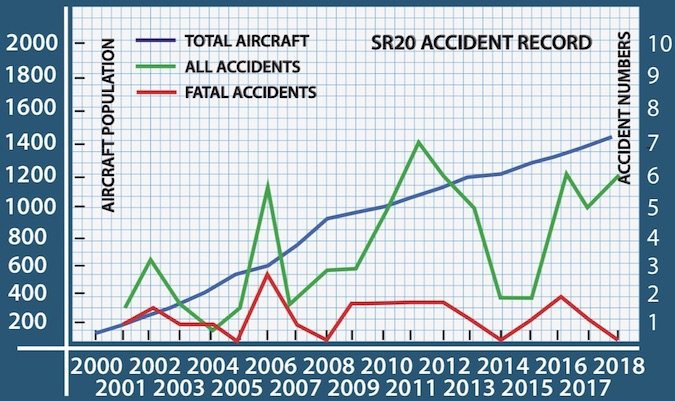
Total accidents are a different story, especially for the SR22. The green trace is spikey for the SR20 and shows a sharp rise after 2015. However, SR20 accident numbers have still been relatively stable as the fleet has grown. For the 18-year period we examined, the SR20 has averaged 1.2 fatal accidents per year.
Total accidents for the SR22, on the other hand, have trended upward since 2013 and reached a record peak of 20 total U.S. accidents in 2018. Only four of those accidents were fatal, which is in line with the 18-year average of 3.6 fatals per year.

If the Cirrus worldwide fleet hours-flown claim of a million hours per year is accurate, the worldwide overall accident rate for 2018 was 2.7/100,000 hours or less than half the 4.92 GA average. But the worldwide fatal rate just for 2018, at 0.6/100,000, is lower than the 0.80 GA average and lower than COPA’s 0.78 three-year rolling average, a trend that may or may not sustain.
Cirrus Accident Causes
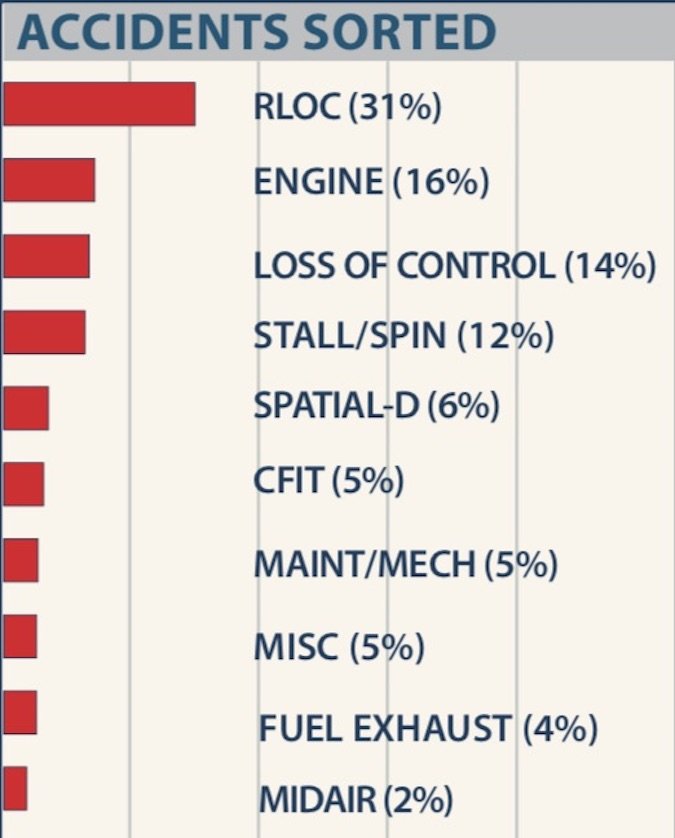
As shown at right, landing-related accidents play an outsized role in the Cirrus accident picture. We’re not sure if the Cirrus line has the highest incidence of runway loss-of-control (RLOC) accidents, but our long-term reviews of other aircraft find that the Bonanza and Cessna singles and retracts have a lower RLOC percentage. By model, Mooneys are sometimes comparable.
What’s relatively unique about Cirrus RLOCs is that they seem to occur at higher speeds and significantly damage the aircraft. While injuries aren’t common, we found at least a dozen that did involve slight to moderate injuries and one fatality. To be fair, we found similar accidents with other types, but they aren’t as numerous.
Complicating characterizing this accident type is that many involve a hard touchdown, followed by a go-around that goes bad because the pilot fails to counter the engine’s strong torque at low speed, causing the airplane to roll and catch a wing. These are often found on the left side of the runway. Some are described as stalls.
Speaking of which, despite the Cirrus stall-resistant split-incidence wing, the type does have a stall/spin presence. A handful of these were base-to-final turns; some were on departure or on some phase of the approach.
Otherwise, rounding out the Cirrus accident pattern are the usual suspects. Loss of control is garden variety upsets in turbulence or due to pilot distraction. More than one of these was saved by a CAPS deployment and the pilot lived to tell about it. Spatial disorientation as a cause appears to be comparable to other models, but again, the CAPS saved the day in some of these, where it is nearly always fatal in other models.
Cirrus Owner Voices
When the Cirrus success story is analyzed, a favorite journalist question to aircraft salespeople is this: Is it the parachute that closes the deal? The answer is simple: Yes, sort of, maybe, sometimes, no. Or so owners tell us.
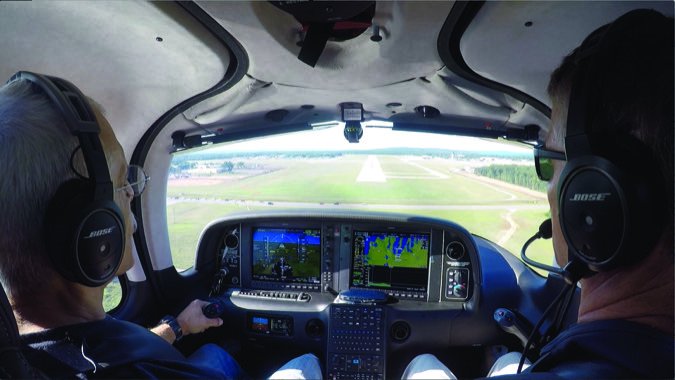
As part of our 25-year look back, we heard from about 80 owners we invited to answer survey questions. Their opinions are all over the map but if there’s a general trend, it’s that early buyers often didn’t think much about it, but more recent buyers do and, interestingly, second- and third-time buyers tend to mention CAPS as a factor.
“The Cirrus had no safety record when I purchased the SR20 in 2000. I was attracted to its safety features, including CAPS, energy absorbing gear, seats and side stick. With my purchase of a 2018 G6, I am convinced I am safer in a Cirrus than any other comparable aircraft,” said John Evans.
“If anything, in 2014 I was a bit leery of the Cirrus safety record. At that time, I didn’t care about the parachute,” wrote Dan Montgomery. Now, he says, he can’t imagine flying without CAPS.
Another common thread is the oft-cited spouse factor. “The wife liked the CAPS idea,” said owner Jim Anderson. Hearing that, an aircraft salesperson trying to nudge a buyer to yes will know which buttons to push. “One of the most common thoughts of non-pilots who fly with me is ‘what do I do if he passes out?’ Now I can brief them on exactly what to do and chances are they will be OK. I plan to do a CAPS sim session with my wife,” said Australian SR20 owner Andrew Jeffreys. We also asked about CAPS and risk homeostasis-the theory that having a free get-out-of-a-jam button in CAPS encourages pilots to take more risks. “Good question … I think most owners would say ‘absolutely not ‘ because we don’t want to give the Cirrus haters ammunition. But in, reality, maybe,” said Brent Forman.
And he’s right. The majority of owners said having the CAPS handle available absolutely, positively, no-way, no-how causes them to assume risks they otherwise would not. But COPA’s Rick Beach says he’s in the maybe camp by degree. “I follow roads was my go-to plan during primary training, but with CAPS reliability, I flew higher and more direct over less inhabited and hence more inhospitable terrain. No change in weather decisions,” Beach explains.
As our data show, landing accidents loom large in the Cirrus accident pattern, but a couple of caveats: Depending on how the data is sorted, this is also true of other models, but the numbers are small. Still, landings are enough of a concern for both COPA and Cirrus to have focused efforts on reducing the incidence.
Our survey revealed that most owners don’t see the Cirrus airplanes as difficult to land. “I do not find the Cirrus difficult to land or land well,” said Scott Hopkins, “but it does take more attention than a 172 or a Cherokee. We operate out of a 2700-foot airport without difficulty. I would advise new owners to check the nosegear pucks and to pay attention to speeds and crosswind inputs.”
Said Samir Kanuga, “I believe it’s not the landing that’s the issue, it’s the approach. You must have a stabilized approach. Airspeeds into the arrival corridor are much higher than for training aircraft. You need to plan the arrivals so you are not cruising through the pattern at 170 knots, then no issues.”
Conclusion
Following the 2012 embrace of liberal CAPS doctrine with training that encouraged it to be considered as the first emergency response rather than the last resort, the Cirrus fatal accident rate dropped measurably. As the fleet ages and older airplanes become more affordable, Cirrus faces the challenge of not becoming a victim of its own success. While a stall-resistant wing, crashworthy seats, envelope protection and CAPS are powerful safety features for Cirrus, COPA’s Taylor views them as merely raw material.
“They simply don’t help you unless you understand how to manage all those things,” he says. In our view, Cirrus deserves credit for responding to COPA’s trend tracking and especially for Embark. If used buyers new to the type use it, they have a better chance of avoiding an accident.

